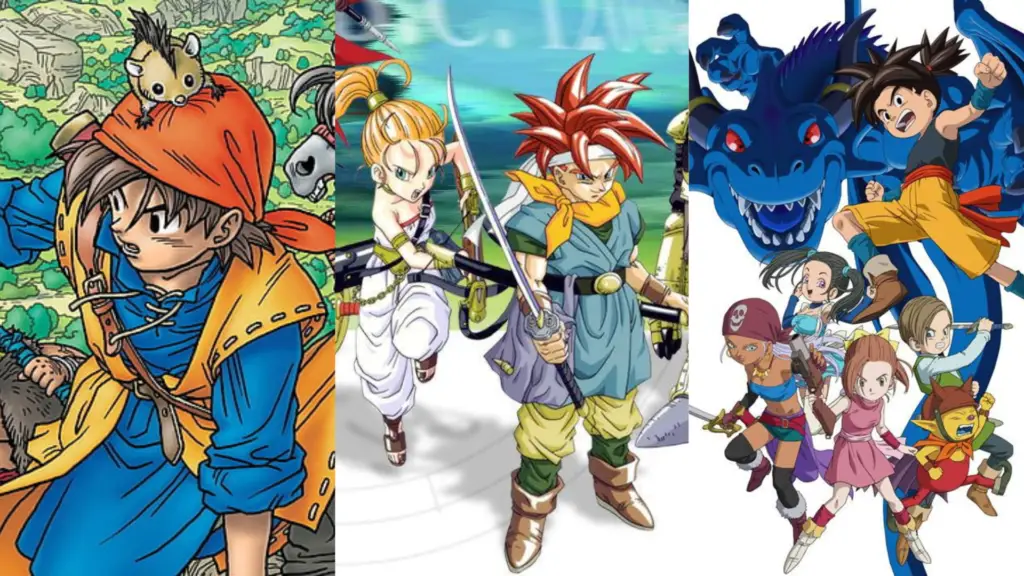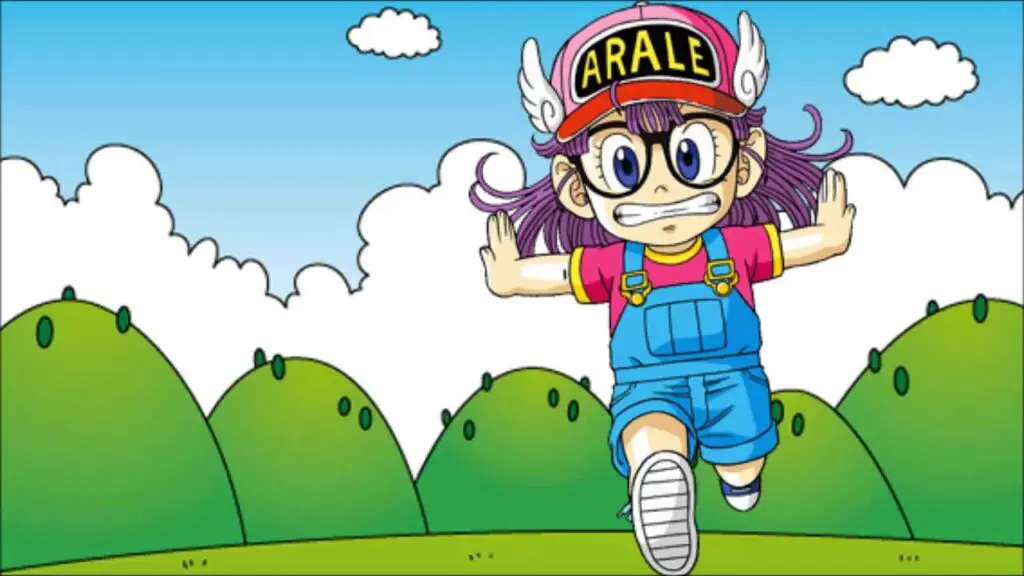Akira Toriyama, one of the world’s most renowned manga artists, particularly for Dragon Ball, has passed away at the age of 68 on March 1.
According to his studio, Toriyama suffered an acute subdural hematoma, a type of bleeding near the brain.
Dragon Ball (1984) is immensely popular around the world, and it has inspired a massive swathe of films, anime, games, and other spin-offs. It left a permanent mark on the industry, and Toriyama is regarded as one of the very few authors who changed the history of manga, which so many new creators cite as a direct source of inspiration.

In addition to Dragon Ball, Toriyama was famous for lending his talent to the art to the world’s most respected JRPG franchises, including the Dragon Quest series (1986), Chrono Trigger (1995), and Blue Dragon (2006), the latter two of which were helmed by Final Fantasy creator Hironobu Sakaguchi, and more.

Despite the monumental success of Dragon Ball, his most notable work, Toriyama initially achieved worldwide recognition for the success of an earlier franchise he made, known as Dr. Slump, which was serialized in Weekly Shonen Jump from 1980 to 1984.
Toriyama had uncompleted work at the time of his death (including Dragon Ball Daima), and only his family and a small group of friends attended his funeral.
The studio said, “he would have many more things to achieve. However, he has left many manga titles and works of art to this world…we hope that Akira Toriyama’s unique world of creation continues to be loved by everyone for a long time to come.”
As irrefutable as his success and legacy are, Toriyama was always incredibly humble. In a 2013 interview with Japanese newspaper Asahi, Toriyama said he had “no idea” how Dragon Ball became so popular around the world. He described the series as a miracle, “given how it helped someone like me who has twisted, difficult personalities do a decent job and get accepted by society”.
Fans and popular artists around the world have universally paid tribute to Toriyama for creating characters that became an integral part of their childhood and later life.

